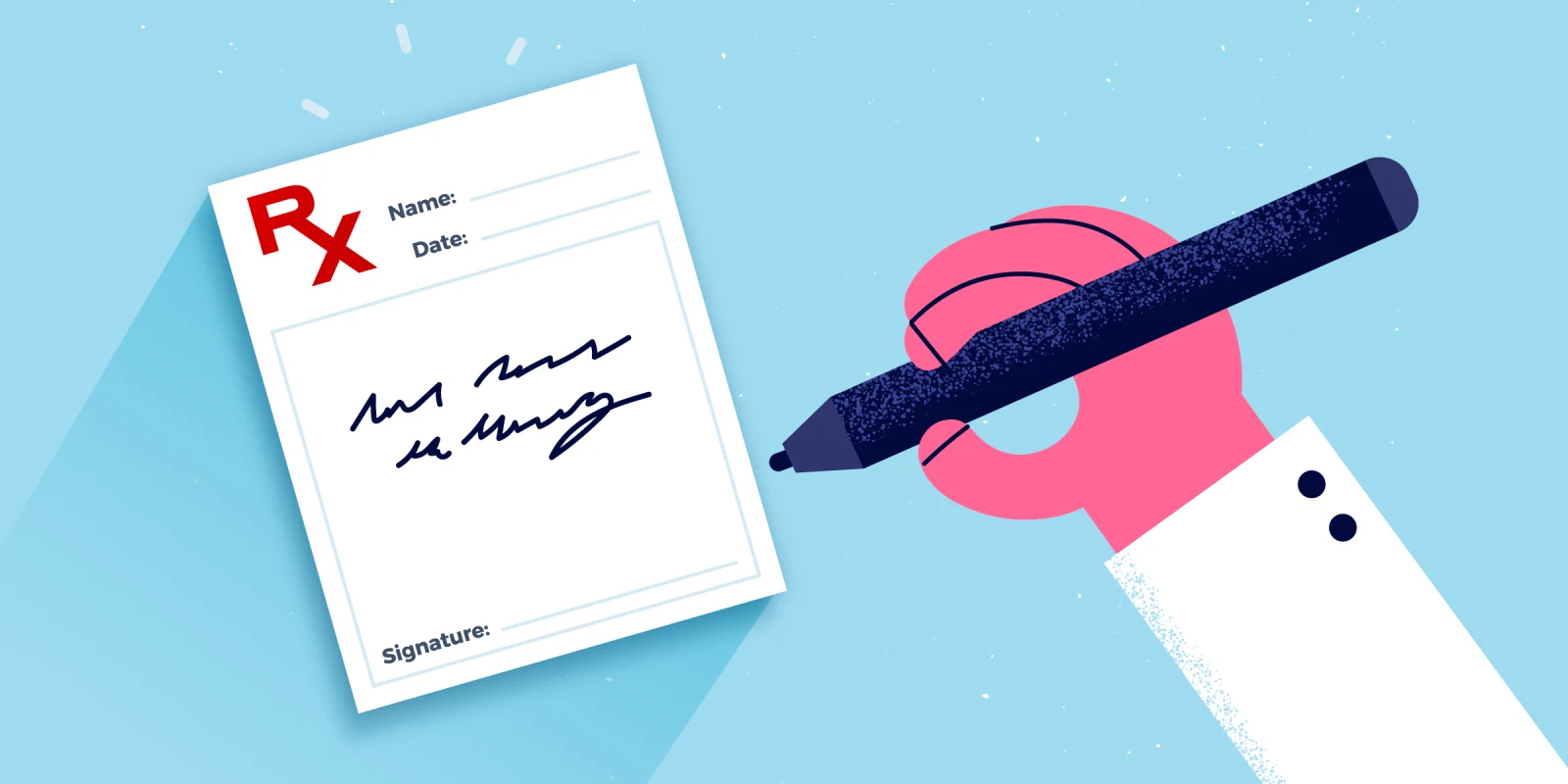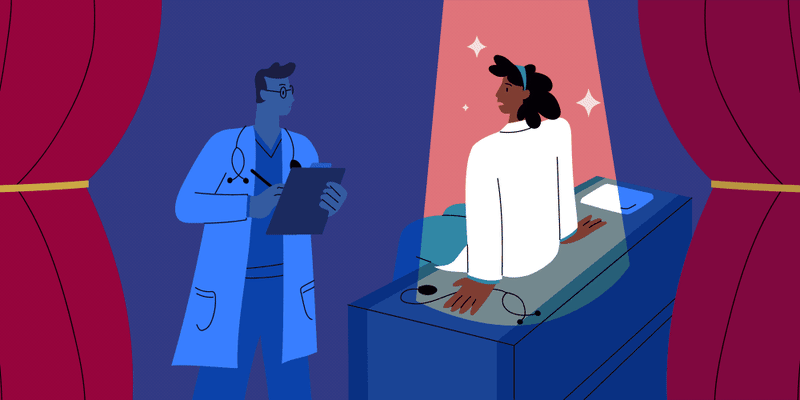There are times when I feel old in this field. Yes, there are physical indicators like the deepening smile (or frown!) lines around my eyes; and practice indicators like watching certain recommendations come in and out of style like fashion, but what I’m more referring to are the times when I find myself chuckling at my ability to now reflect on the good old days. I’ve been doing this job long enough that I can recall being handed a paper prescription pad and a new handheld BlackBerry device for my first job. At the time, holding these items in my hands made me feel official, even if I was trembling with new-grad worry, and ruthlessly dissecting every decision I made.
Today, while my hands tremble a bit less and the BlackBerry device has been traded for something completely different, my paper prescription pad is what I long for. I miss reaching into my pocket for a pen to spell things out, “Here is this prescription for this concern…” The paper pad was a tool for me, not only to write instructions to pharmacies for filling medications, but a useful way to communicate and summarize things for patients as well. There was a completeness to these instructions that felt somewhat more meaningful and relevant. Today, with e-prescribing and EMRs, I send medication prescriptions to the pharmacy, without the patient ever looking at them, and then print off an After Visit packet of instructions that have mainly been copied-and-pasted from a generic database. Back in the day (sigh!), I would write, in addition to medication instructions, simple prescriptions on the paper pad, such as “read one picture book to your toddler each day this summer” or “add one fruit or vegetable to each meal.” Then I’d ask my patients to follow up with me and tell me how it went. When the patient left my office, they had a concrete plan — simple enough to remember, personalized for them, and written in my own handwriting!
While I’ve reached for my pen in vain before, this feeling of loss hit me acutely a few months ago when I was working with a teen who I was following for depression. She was struggling with low energy, muted interest, and poor self-esteem … nothing vastly unusual in adolescent medicine, but I was struggling to find a way to fully connect. Her treatment plan included the standard referrals to mental health, prescribing antidepressant medications, basic lifestyle changes, and follow-up. At the conclusion of one of her visits, I left her in the exam room to go print her After Visit instructions in my office. As the papers emerged from the printer, I found myself bothered by the insipid message coming out. Not that the message was wrong or different from what had been discussed, but that it offered the same information that one finds with a quick Google search, or when scanning drugstore pamphlets. It was the same set of instructions that I would provide to any patient with that ICD-10 code. The packet came out bland and boring. I almost lost interest, myself, reading through it. I reviewed the recommendations: adequate sleep, physical exercise, social involvement … but it wasn’t personalized in any way, not at all tailored to this specific patient and the specific story she took the time to tell me. Furthermore, I couldn’t help but wonder if the instruction packet looked more like a homework assignment, instead of a precise plan to help her feel better.
I took my pen out and attempted to handwrite a few instructions on the front page of the printed packet, but it wasn’t the same. Even my handwriting in this medium looked forced and fake — or worse, like it was something that I just thought of last minute. Lost in the fog of literature, my comments appeared out of place, and certainly not official. Here’s what I wanted to give my patient, as bite-sized personalized instructions in my own handwriting:
Take one walk with your sister in the evening after dinner. Call me at the end of the week.
The following week:
Turn your phone off at 10 p.m. and read one chapter of a book you enjoy before going to sleep.
Written out on a prescription pad, I wondered if maybe these precise instructions would emphasize a higher level of importance, carrying equal weight to the prescribed medication.
I’m not saying that this level of intimacy and follow-up cannot be obtained through other means than a prescription pad. As clinicians, we can be infinitely creative in finding ways to connect with our patients. I suppose what I’m getting at is that sometimes efficiency — like ready-to-print After Visit instructions — doesn’t make everything better. And, personalization goes a long way. There may be a few outdated tools in the back of our desk drawers that can still be quite useful. Tools to connect, simplify, and individualize the care that we have to offer. In the end, our patients typically just want to feel better. It's up to us to realize that there should be equal emphasis on "take one of these" and “call me in the morning,” as well as adhering to standardized treatment plans.
What do you miss from "the good old days" of medicine?
Kyra is a pediatric NP who trained in Denver, CO and now works in a neighborhood community clinic in the Bay Area. She loves having the opportunity to interact with families and their community as a whole. In her free time, Kyra enjoys spending time with her two kids doing anything that requires being outside in nature. Kyra was a 2021–2022 Doximity Op-Med Fellow and continues as a 2022–2023 Doximity Op-Med Fellow.
Collage by Denis Novikov / filo / Getty







